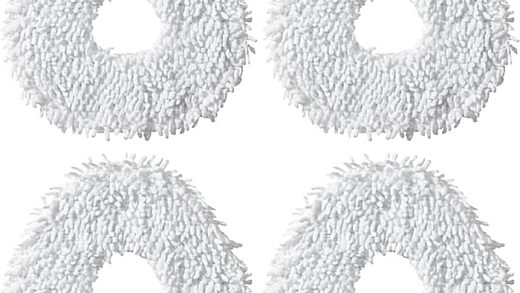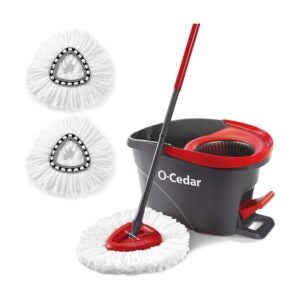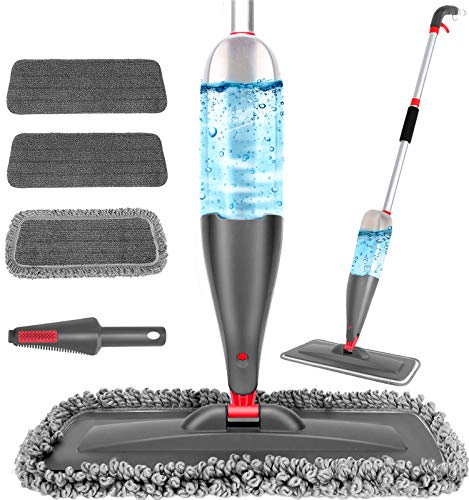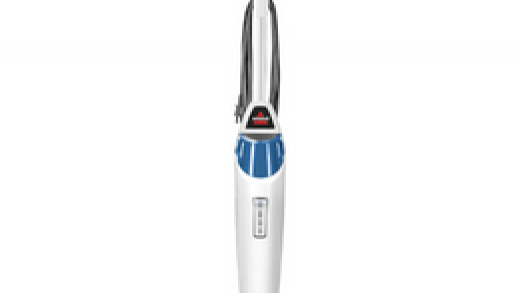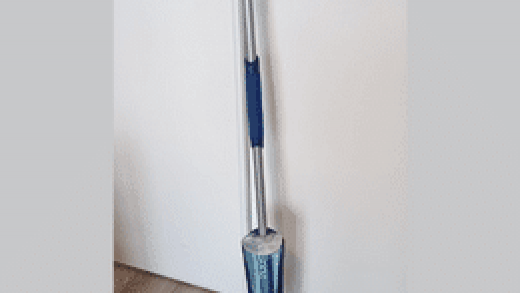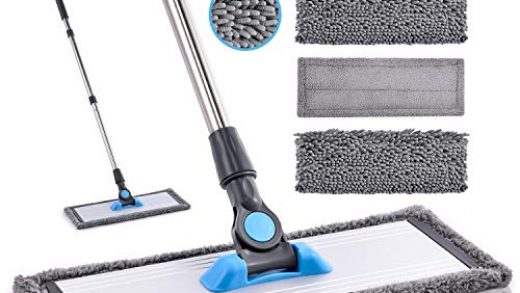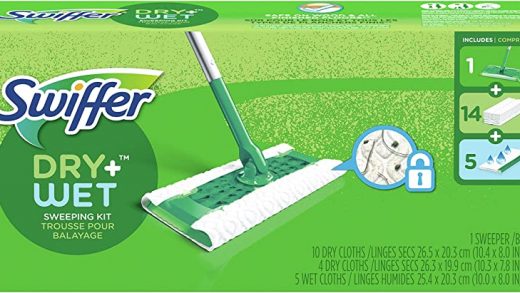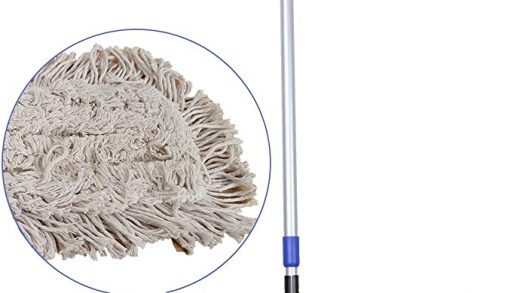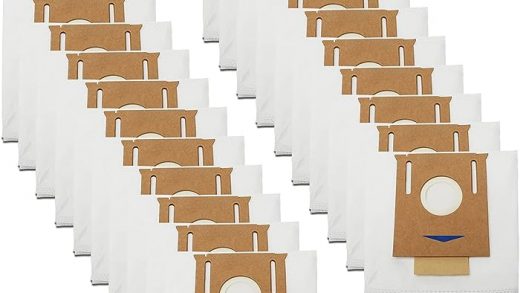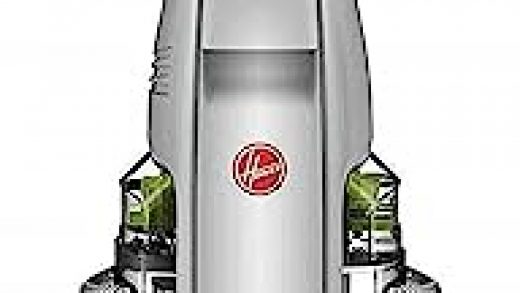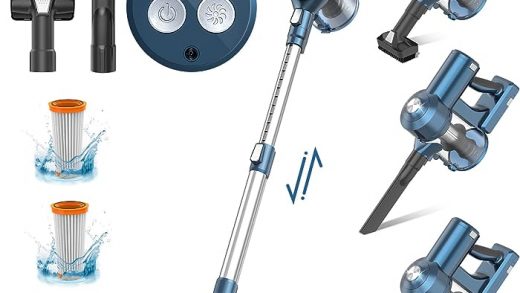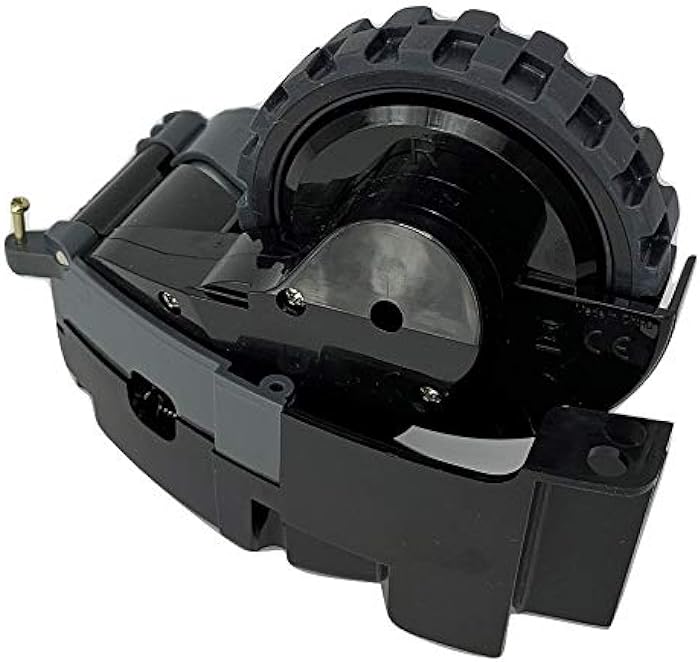
Roomba’s wheel drive is essentially what gives it the edge in autonomous cleaning. Equipped with a set of specially designed wheels, the Roomba can move across different surfaces, from carpet to hardwood, adjusting its traction and speed as necessary.
Each wheel is powered by its own motor. This independent operation allows for a differential drive where one wheel can move faster or slower than the other, assisting in turning and intricate movements. Furthermore, the wheels are designed to drop or rise slightly, adapting to changes in floor level or obstacles.
An array of sensors accompany this system, ensuring that the Roomba does not get stuck or tumble down stairs. Infrared sensors detect obstacles, while cliff sensors keep it from falling off edges. Together, these components make up the core of Roomba’s wheel drive mechanism, ensuring efficient and safe cleaning.
A: The Roomba has a set of wheels designed to adjust traction and speed based on the surface, be it carpet or hardwood. Each wheel’s independent motor allows for differential speeds aiding in navigation.
Q: Are there sensors aiding Roomba’s wheel drive?
A: Yes, the Roomba comes with infrared sensors to detect obstacles and cliff sensors to prevent it from falling off edges. These sensors ensure it navigates safely around the home.
